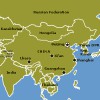Michael Shaver builds polymer networks in China and experiences China's "numbing" peppercorns
Dr Michael Shaver, Chancellor's Fellow and Head of the Graduate School for the School of Chemistry at the University of Edinburgh, was one of the recipients of the 2016 RSC-SAFEA visiting researchers travel grants. Dr Shaver travelled from Edinburgh to Hangzhou to visit Professor Qi Wang at Zhejiang University. "
I was impressed by the grand size and excellent science at Zhejiang University, the majesty of Hangzhou and West Lake but most of all by the graciousness of my hosts.... We’ve already started a small collaboration at the interface between our two research programs!", said Dr Shaver.
Below is a detailed account of his trip diary in China. 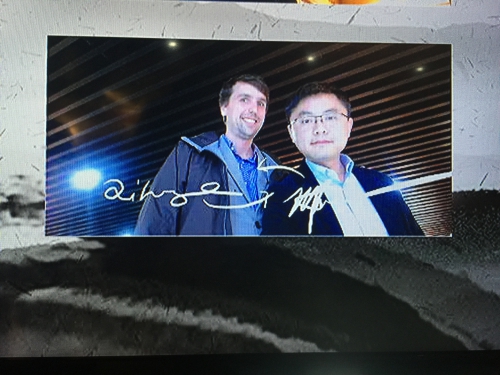 A screen capture of Michael Shaver and Qi Wang as part of a modern alumni engagement system
A screen capture of Michael Shaver and Qi Wang as part of a modern alumni engagement system
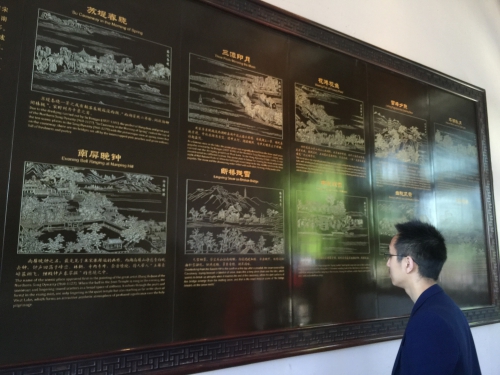
Photo1: 10 Iconic scenes of Hangzhou
The lake itself is especially beautiful at sunset, especially after Listening and I spent three hours in a tea house talking science and life (see Photo 2). My iPhone told me that we walked for 17km throughout the day, making me feel slightly less guilty about the delicious authentic Chinese food we ate!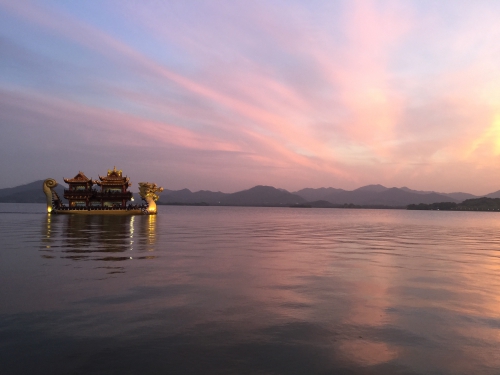
Photo 2: West Lake
19th April 2016On day two it was time to get to work. My host for my visit was Professor Qi Wang from the aforementioned Department of Polymer Science and Engineering. In the morning I presented a lecture to interested staff and students, discussing both my scientific work in sustainable polymer synthesis and the work of the Royal Society of Chemistry as a publishing house and a facilitator of international scientific connections (see Photo 3). 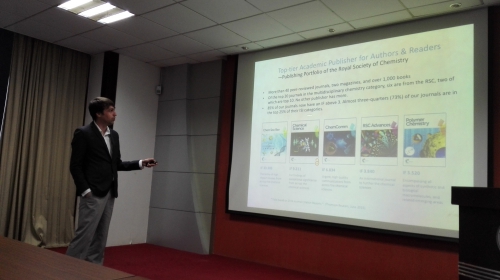
Photo 3: Michael Shaver's talk
In the afternoon I met with faculty in charge of graduate education at Zhejiang University. We discussed best practice in terms of graduate education. As a proud Canadian, and with experience as an educator on both sides of the Atlantic Ocean, I was able to discuss the strengths and weaknesses of both the UK and North American systems – in particular, the rapidity that the UK can produce excellence in PhD graduates was a major selling point! As the current Head of the Graduate School for the University of Edinburgh’s School of Chemistry I was able to highlight the cultural, scientific and administrative changes I’ve recently championed to promote change within our School. The meeting produced from strong potential actions, and I learned quite a bit too from their best practice!20th April 2016On day three it was off to the new Zhejiang University campus (see Photo 4). 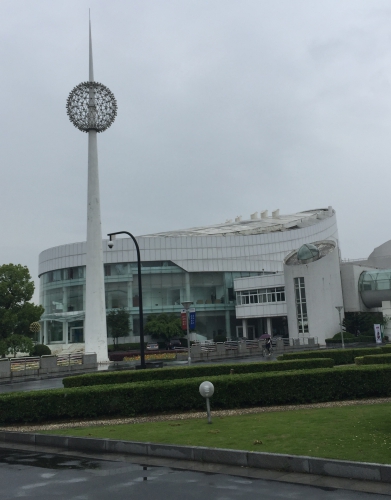
Photo 4: New Zhejiang University campus
While the old campus was very close to the beautiful West Lake, the new campus has much more room to grow. With the excellence in Zhejiang making existing buildings a struggle to fit into, a new Polymer Science building will be finished in 2019 and allow for growth in undergraduate and graduate student numbers, faculty research efforts and an increased focus on international engagement and collaboration. The new modern campus also contains an educational museum that captures both Zhejiang Universities storied past, including the mobile university efforts during World War II that saved thousands of books and traversed thousands of miles, and features many of the technological advances pioneered in Hangzhou (Please refer to above picture of screen capture of Qi Wang and myself as as part of a modern alumni engagement system). After an afternoon at a picturesque wetland area it was off to dinner – a “romantic” restaurant called LeFleur. Here I had the best dish of the trip – a chicken stewed in a broth featuring a unique tiny peppercorn with no supposed English translation. While not overly spicy, the dish numbed the palate to comedic effect. It was delicious and supremely unique (Photo 5). Off to bed before my early flight out the next day. Three more flights on my return gave me time to reflect (and write this blog post!)…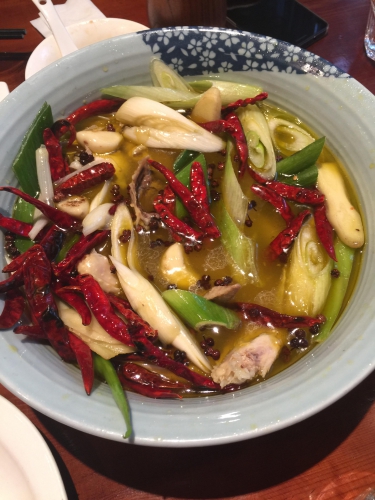
Photo 5: Chicken stewed in a broth featuring tiny "numbing" peppercorns
I was impressed by the grand size and excellent science at Zhejiang University, the majesty of Hangzhou and West Lake but most of all by the graciousness of my hosts. I thank Li Chenglin and Qi Wang immensely for their hospitality and hope I can collaborate with both of them in the future. We’ve already started a small collaboration at the interface between our two research programs!A second thank you also goes to the RSC and SAFEA for support for the trip – my first to China, but hopefully not my last!
Posted by
Kathleen Too on May 24, 2016 8:27 AM Europe/London
